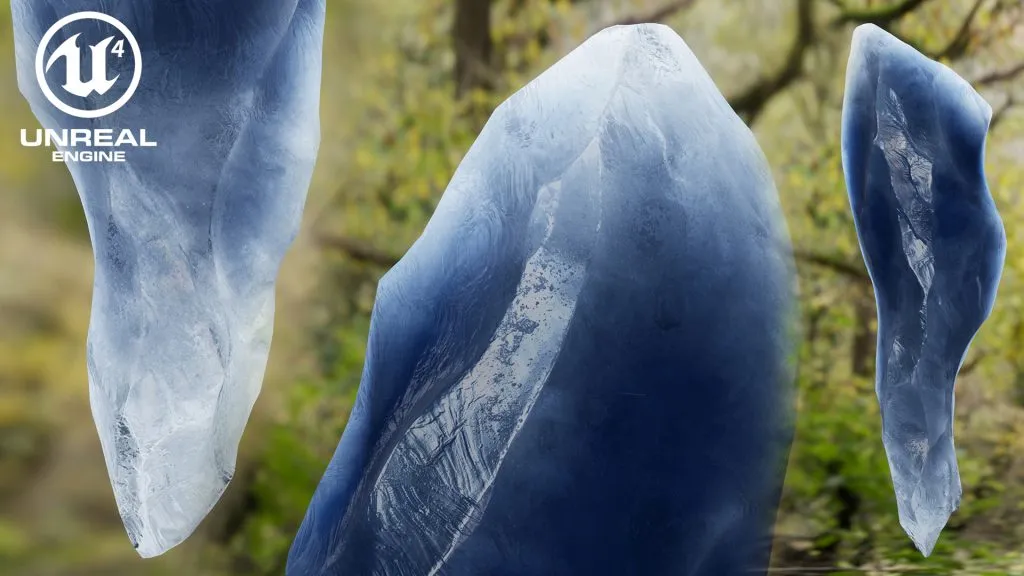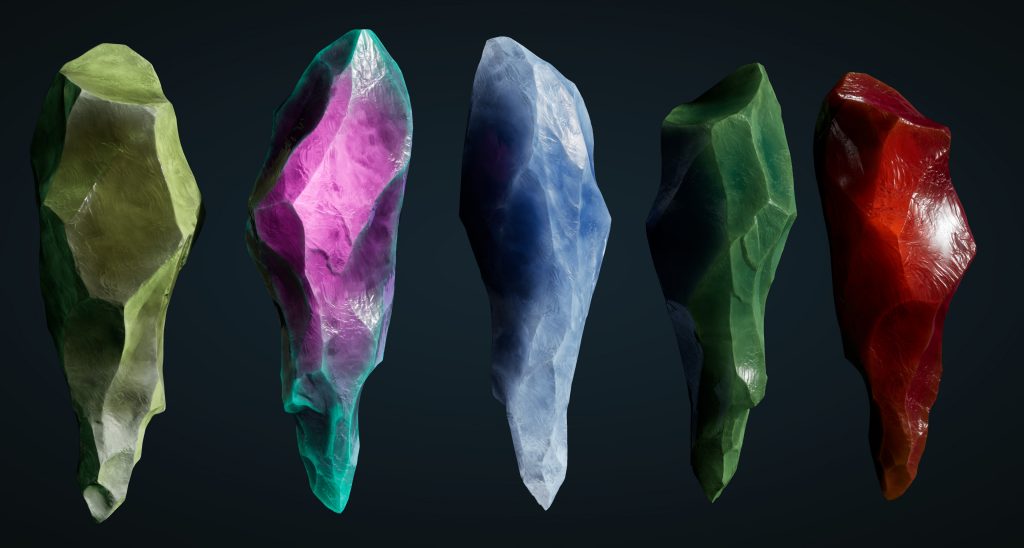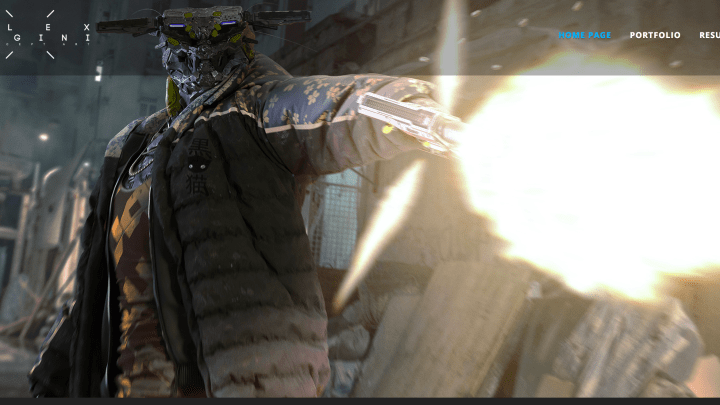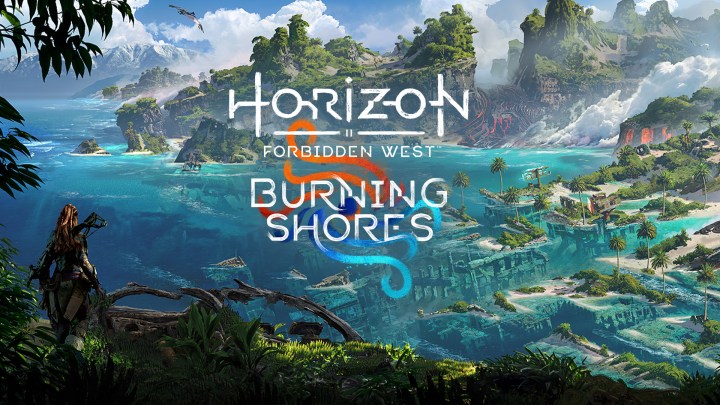Advanced UE4 Shaders with Kurt Kupser
On ArtStation Learning, Kurt Kupser demonstrates advanced shader techniques used in AAA production, including key pipeline skills such as detail normals, correctly handling refraction, and effective ways to achieve translucency.
 Kurt Kupser is a lead 3D artist, specializing in look development and shader creation. He has previously worked on titles such as the Gears of War franchise and Star Wars Battlefront 2. He is currently working at Counterplay games on Godfall.
Kurt Kupser is a lead 3D artist, specializing in look development and shader creation. He has previously worked on titles such as the Gears of War franchise and Star Wars Battlefront 2. He is currently working at Counterplay games on Godfall.
Behind the course:
I was always interested in shaders because I felt node-based visual programming was fairly intuitive, and getting a better understanding of how to master these elements would help take my environment art and asset creation skills to the next level. For example, making more convincing materials like sand, moss, ice, etc, and creating layered shaders for rocks that provide more variety and have much higher resolution without using prohibitively large textures.
In my ArtStation course, I wanted to structure it in a way that doesn’t just reiterate the usefulness of common nodes like fresnel, bump offset etc, but layer in more shader math that artists might find useful when making their own materials, such as replacing mesh normals in the shader, feeding that into your fresnel node instead, and modulating UVs with your normal map before using bump offset. Layering all these different elements together produces a more dynamic result.
I learned a lot about shader creation in my spare time initially, and after expressing interest I started to make more shaders at work. Getting feedback from tech artists in a studio environment really helped to take my skills to the next level.
Most memorable learning experience:
When I was working as a look development artist at the Coalition, I was working alongside a lot of really great technical and VFX artists who taught me a lot when it came to the more hardcore shader math and making more performant materials. I would sketch something out that I wanted to set up, and if I ran into something that was beyond my understanding or a material that needed further optimization, they would be really patient and help me to understand not just how to do what I needed, but also why it was better/more performant.
Day to day, I was sitting with a lot of talented environment artists who helped to push my asset creation quality, so I was at this intersection point of collaborating across departments, with people who were the best in their respective disciplines.
1 piece of advice:
“Show initiative, ask questions and keep an open mind.”
As I had said before, a lot of technical stuff I learned was on the job. If you are proactive, ask questions and express interest, then people will respond to that and be more willing to help. For more complex subjects, you might not understand everything, but asking “are there resources online, or a whitepaper you recommend I could read to learn more?” will show that you want to learn, but also that you don’t rely solely on a tech artist’s time for them to spoon feed you all the information.
Take advantage of GDC and SIGGRAPH Vault access if your studio has an account that you can access, and there are a ton of awesome talks available for free online too. I would go home, read whitepapers, watch the tech talks, and take notes. Then I’d go back to work with follow up questions on parts that I didn’t fully understand. As the saying goes, the more I’ve learned, the less I know, and that’s 100 percent true with shaders and tech art.
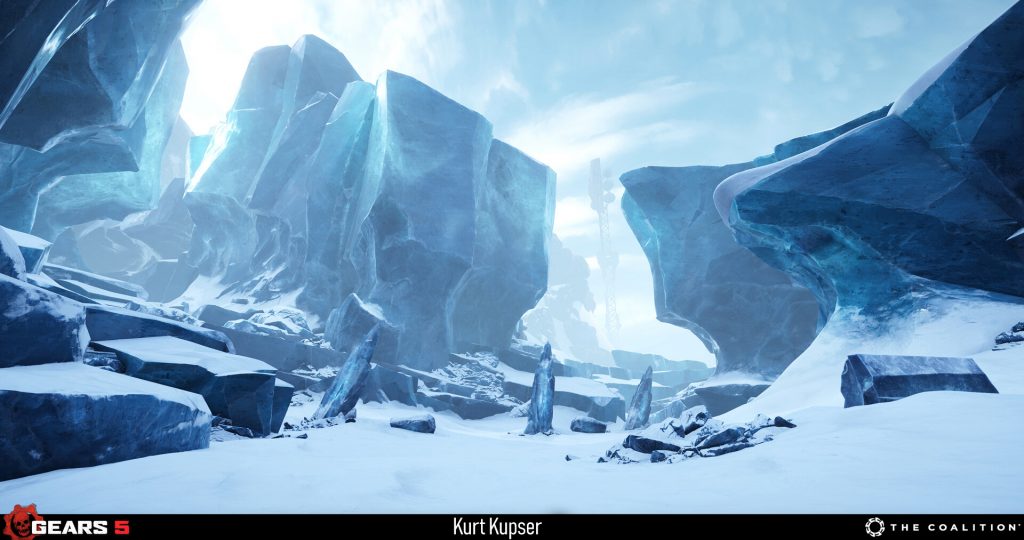 Common mistakes to avoid with shaders:
Common mistakes to avoid with shaders:
I think it’s common for people to create shaders that are unintuitive or have too many parameters. That’s completely fine if you’re the only person looking at that material, but in a production, that’s not always the case. Properly organizing your master material so it flows well and is readable is a key skill. If another person needs to edit/optimize/duplicate your shader, you should organize it in a way that allows them to do so without them pulling their hair out.
On the flip side, make your materials artist friendly! Make sure your parameters have nice grouping and clear names/descriptions. This will allow artists to use your materials and understand how the material works without needing to continually ask you what each parameter does or referring back to documentation (make documentation when you can too!)
ArtStation Learning courses are included in all ArtStation premium subscriptions. Find out more >
See more of Kurt’s work here.
